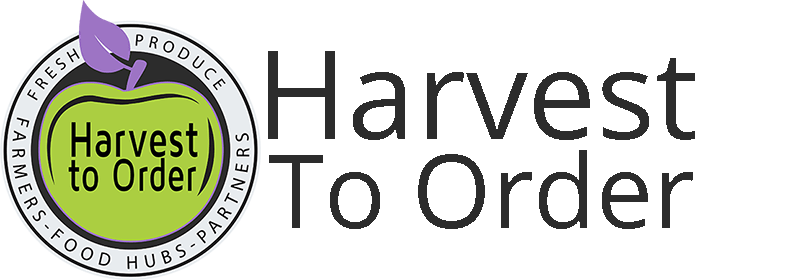Reduction in Food Waste
Because food is ordered, harvested, then delivered food can stay alive in growing when it is not needed. As a result, there is minimal waste. Supermarkets in the U.S. throw away 43 billion pounds of food every year.
Food that is aesthetically unappealing, but still is just as healthy and nutritious is now able to be sold and not wasted. Currently this type of food ends up being feed to animals or buried in landfills.
In addition, surplus food, slightly past sell-by-date, from supermarkets or wholesalers can be distributed through an online shopfront for discount prices. It is a win-win. Less waste for a better price.
Local vs Distant Deliver and CO2 Omissions
Supermarkets deliver food that is grown throughout the entire world. Much of these foods are grown locally. 50% of the apple juice sold in the U.S. comes from China. That juice has to travel thousands upon thousands of miles to reach your fridge. That same bottle of apple juice instead can be produced tens of miles, or even just miles, away. In return it would reduce the burning of fossil fuels reduce greenhouse gasses such as CO2.
Community Supported Agriculture
Getting the community involved in how their food is produced and sold is an important step to improving the process in which we get our food. Community Supported Agriculture (CSA) is a format for which develops a strong relationship with the consumer and provider.
Community groups, such as farmers’ markets, can buy bulk produce and redistribute them. As a result, you can have an abundance of product at a lower price.
Mapping Your Food
By mapping out the food system, the identification and creation of new links and partnerships can occur. Your online farmstead can showcase your products and harvests.
More Organic Goods
Producers of all sizes and types have immense opportunities in our new distribution system. Harvest to Order’s benefits provides great incentives for investment and expansion.
Supporting Local Economies
Local economies thrive in community-driven support. Digital tools and utilities allow for connections between farms, administration, logistics, marketing, and accounting. This produces a hearty system that is sustainable and creates local jobs and businesses.
Stripe Payment
We utilize the Stripe payment service. This allows a flexible payment system that makes payments out to all parties at checkout. The producer determines what price the good will be placed at. Then at check out a percentage is spread out to all determined parties such as the farm, logistics, and administration. The flexibility of the HTO system supports producers, consumers, and communities to build businesses that respond to their local contexts and maintain transparency throughout the value chain.
Superior Networking
Because Harvest to Order supports a wide range of enterprise models, our platform is a centralized system to connect farmers, local food systems, small businesses, logistics, restaurants, and supply chains. This allows for a boost in local economies while reducing environmental impacts.

